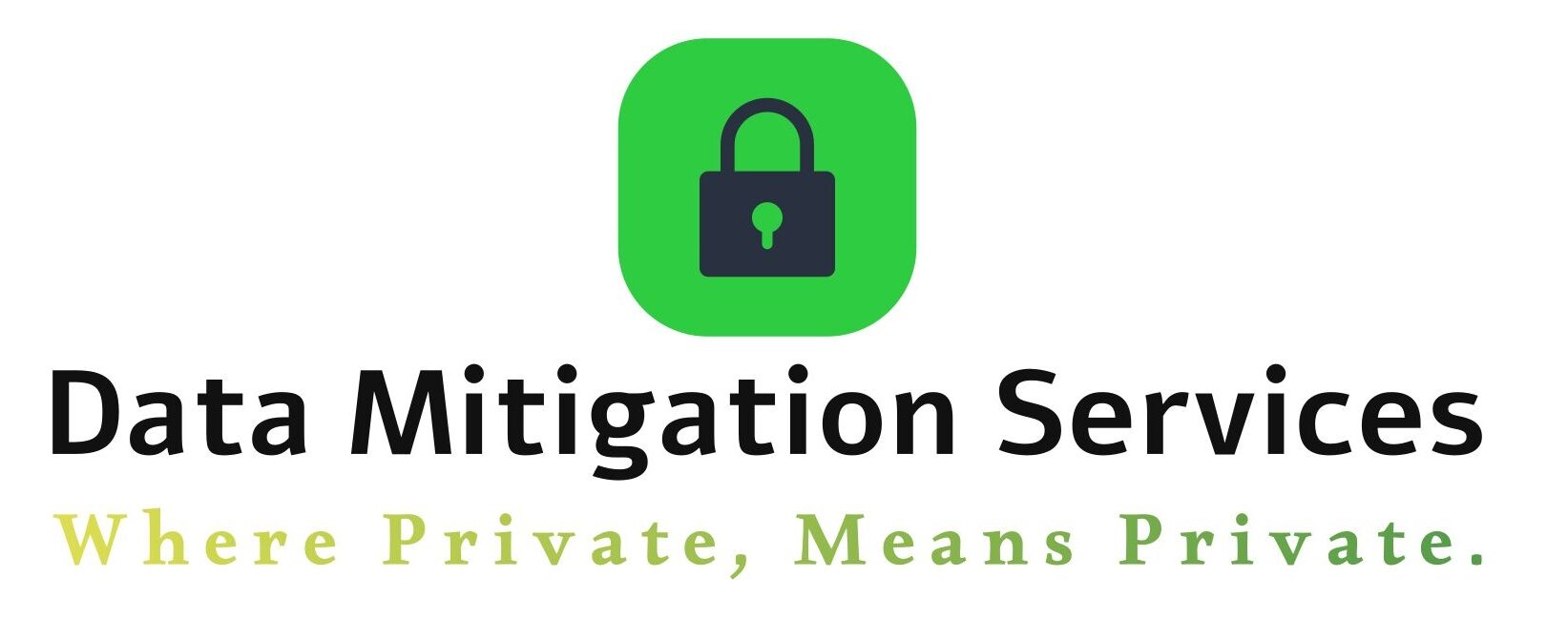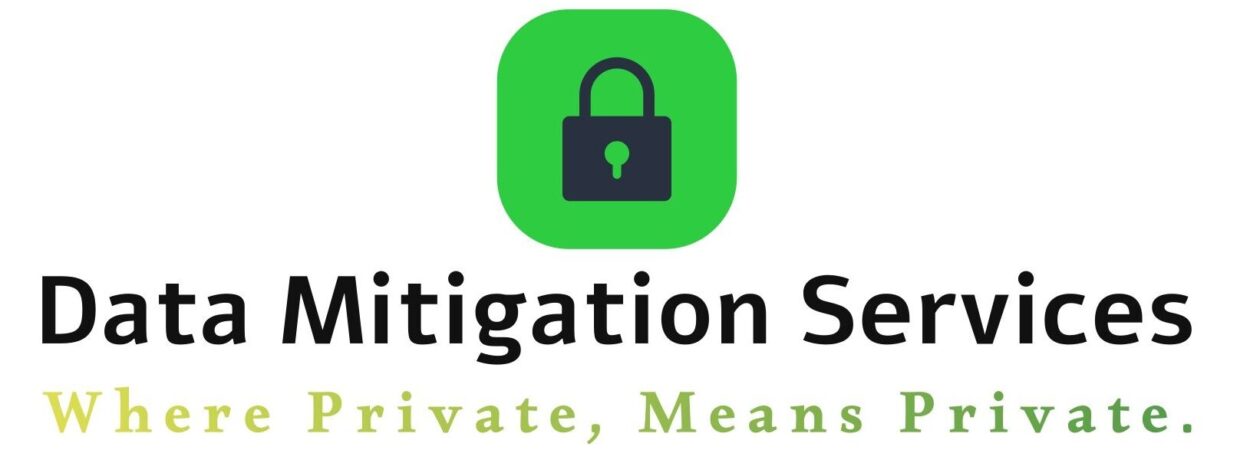What’s In My Data Summary?
- Home /
- What’s In My Data Summary?
Your data summary consist of your personal and private information across several categories with multiple data points. When accessed by credit facilities and lending institutions, certain information can negatively impact your ability to access credit, capital or lending. The list below, although not complete, highlights how each data summary category can prove damaging in your pursuit of funding. Addressing these issues prior to pursuing funding is crucial for improving your financial standing and credibility.
1. Banking Activity Data
- What’s Collected: Transaction history, account balances, overdraft history, and loan details.
- Potential Damage: Excessive overdrafts or low balances can signal financial instability to lenders, potentially leading to loan or credit denials.
2. Payroll Data
- What’s Collected: Income, pay frequency, and employment verification.
- Potential Damage: Inconsistent income or lower wages might indicate repayment challenges, reducing the likelihood of funding approval.
3. Employment Data
- What’s Collected: Job history, job title, and employer information.
- Potential Damage: Gaps in employment or frequent job changes may make lenders question your financial stability.
4. Rental Data
- What’s Collected: Rental payment history, eviction records, and lease agreements.
- Potential Damage: Late payments or evictions could make you appear unreliable, leading to funding denials for housing or related loans.
5. Insurance Data
- What’s Collected: Claims history and policy details.
- Potential Damage: High-risk profiles or frequent claims may make lenders view you as a financial liability.
6. Prescription Data
- What’s Collected: Medications and associated health conditions.
- Potential Damage: Ongoing medical expenses might suggest financial strain, causing hesitation from lenders.
7. Social Media Activity
- What’s Collected: Public posts, connections, and behavior.
- Potential Damage: Posts or patterns that suggest financial irresponsibility could hurt your credibility with lenders.
8. Education Data
- What’s Collected: Degrees, certifications, and academic performance.
- Potential Damage: Lack of qualifications or incomplete education might signal limited earning potential to lenders.
9. Shopping Behavior
- What’s Collected: Purchase history and spending patterns.
- Potential Damage: Excessive spending on non-essential items could signal poor financial management, lowering creditworthiness.
10. Travel and Location Data
- What’s Collected: Travel habits and frequent locations.
- Potential Damage: Frequent travel or living in high-risk areas may make lenders view you as financially unstable.
11. Utilities Data
- What’s Collected: Payment history for services like electricity, water, and internet.
- Potential Damage: Late or missed payments can indicate broader financial struggles, hurting your creditworthiness.
12. Telecommunications Data
- What’s Collected: Phone and internet payment history.
- Potential Damage: Payment delays or defaults can lower your financial credibility.
13. Government Records
- What’s Collected: Voter registration, licenses, and property records.
- Potential Damage: Discrepancies or legal issues might raise concerns about your reliability or credibility.
14. Healthcare Data
- What’s Collected: Insurance claims and medical expenses.
- Potential Damage: High medical expenses might indicate financial strain, reducing confidence in your repayment ability.
15. Credit and Lending Data
- What’s Collected: Credit scores, debt-to-income ratios, and repayment history.
- Potential Damage: Poor credit scores or high debt levels can lead to outright loan or credit denials.
16. Vehicle Data
- What’s Collected: Ownership status and loan details.
- Potential Damage: Auto loan defaults or frequent refinancing may indicate financial instability.
17. Demographic Information
- What’s Collected: Age, marital status, and household composition.
- Potential Damage: Biases based on demographics might lead to less favorable lending terms or outright denials.
18. Financial Behavior
- What’s Collected: Savings, investments, and spending habits.
- Potential Damage: Irregular savings or risky investment patterns may reduce lender confidence.
19. Criminal and Legal Records
- What’s Collected: Arrests, convictions, and legal disputes.
- Potential Damage: A history of legal troubles might suggest heightened financial or reputational risk to lenders.
20. Online Behavior
- What’s Collected: Browsing history, online purchases, and website visits.
- Potential Damage: Excessive online spending or patterns suggesting poor financial habits may harm your funding prospects.
21. Subscription Services
- What’s Collected: Memberships, streaming habits, and recurring charges.
- Potential Damage: High subscription fees or multiple memberships can indicate poor financial prioritization, which may raise concerns with lenders.
22. Public Records
- What’s Collected: Birth, marriage, divorce, and death records.
- Potential Damage: Divorce or other life events might signal financial instability, while easily accessible personal records could expose you to fraud or identity theft, indirectly affecting your credit or funding prospects.
23. Professional Licensing Data
- What’s Collected: Licenses held, certifications, and disciplinary actions.
- Potential Damage: Revoked or expired licenses might suggest professional instability, reducing lender confidence in your income reliability or professional standing.
24. Surveys and Consumer Panels
- What’s Collected: Preferences, opinions, and attitudes expressed in surveys.
- Potential Damage: Responses suggesting risky behavior or financial irresponsibility could be used to justify tighter lending restrictions or outright denials.
Let Data Mitigation Services provide you with the peace of mind in knowing that you’ve been proactive regarding your private data and information.

